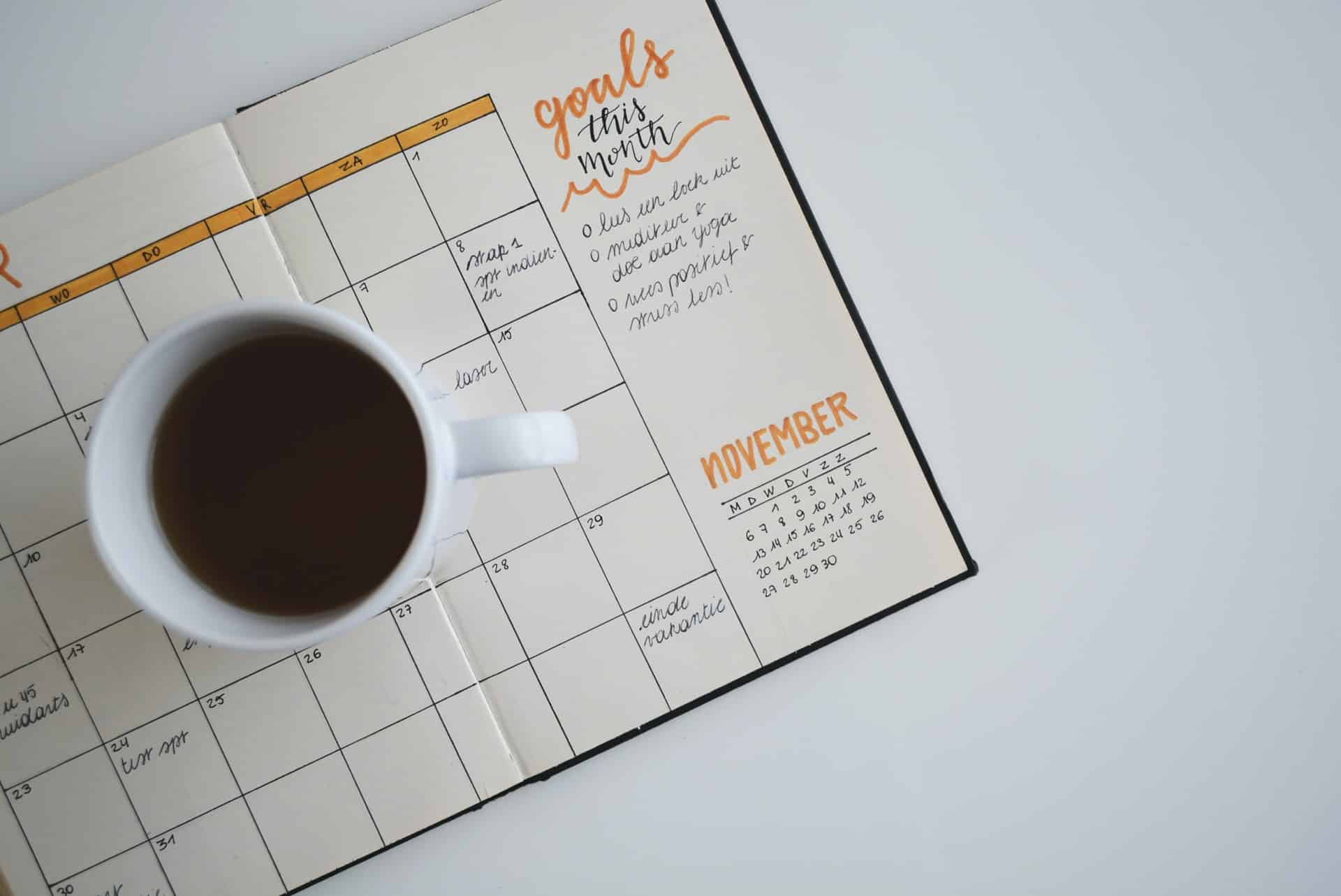ADULT ANXIETY
Generalized Anxiety Disorder
If you’re experiencing anxiety, you may feel frightened, lonely, and not sure how to manage it. Take a deep breath. Anxiety is a manageable problem and the first step to managing it is being aware of what you are experiencing. This article talks about what generalized anxiety disorder is, what it looks like, how it’s treated, and what you can do to start your healing journey today.
What is it?
Generalized anxiety disorder, or GAD, is a type of anxiety that is severe, ongoing, and interferes with daily life. GAD is very common in the United States, with more than 3 million cases every year (Mayo Clinic). GAD tends to present more in women than in men and is most likely to be present in non-Hispanic white adults and least likely to be present in non-Hispanic Asian adults (CDC). However, anyone of any sex, gender, race, or ethnicity can be diagnosed with GAD provided they meet the diagnostic criteria. The diagnostic criteria for GAD, according to the DSM V, is as follows:
- The presence of excessive anxiety and worry about a variety of topics, events, or activities. Worry occurs more often than not for at least six months and is clearly excessive.
- The worry is experienced as very challenging to control. The worry in both adults and children may easily shift from one topic to another.
- The anxiety and worry are accompanied by at least three of the following physical or cognitive symptoms (In children, only one of these symptoms is necessary for a diagnosis of GAD):
- Edginess or restlessness
- Tiring easily; more fatigued than usual
- Impaired concentration or feeling as though the mind goes blank
- Irritability (which may or may not be observable to others)
- Increased muscle aches or soreness
- Difficulty sleeping (due to trouble falling asleep or staying asleep, restlessness at night, or unsatisfying sleep)
What does it look like?
Those with GAD may have variations in how the disorder presents itself, but there are many common symptoms. These can include the following (Mayo Clinic):
- Persistent worrying or anxiety about a number of areas that are out of proportion to the impact of the events
- Overthinking plans and solutions to all possible worst-case outcomes
- Perceiving situations and events as threatening, even when they aren’t
- Difficulty handling uncertainty
- Indecisiveness and fear of making the wrong decision
- Inability to set aside or let go of a worry
- Inability to relax, feeling restless, and feeling keyed up or on edge
- Difficulty concentrating, or the feeling that your mind “goes blank”
Anxious thoughts tend to be focused on things in your day-to-day life, such as work, children, health, and finances, but they can be about anything. These symptoms may be apparent to those around you, or nearly invisible. GAD symptoms can also present physically through headaches, fatigue, stomach aches, and more. Regardless of how GAD symptoms present themselves, GAD can be incredibly distressing and impact daily life. This impact is most often apparent in work, personal relationships, and/or within one’s mind.
How is it treated?
There are many ways in which GAD can be treated, and a combination of approaches can sometimes provide more benefit than any single approach. Psychotherapy, medications, and lifestyle changes are the most common ways to treat GAD (Mayo Clinic).
Psychotherapy, or talk therapy, is used in GAD treatment to reduce anxiety symptoms by teaching and practicing skills to manage anxious thoughts. Cognitive behavioral therapy, or CBT, is a type of talk therapy that is common in GAD treatment. CBT works to challenge anxious thoughts and create healthier patterns of thoughts and/or behaviors.
Medications such as antidepressants, buspirone, and benzodiazepines are the most common medications used to treat GAD. These medications work to correct improperly wired areas of the brain that contribute to GAD symptoms.
Lifestyle remedies are often paired with either psychotherapy, medication, or both. These include keeping physically active, creating healthy sleeping habits, eating healthy, avoiding unhealthy habits such as drinking or drug use, and using relaxation techniques such as meditation. Maintaining a healthy lifestyle contributes to mental well-being, which in turn provides better outcomes from other avenues of treatment.
Where to start?
Mental health treatment can seem daunting, especially if you have never received it before. Take the first step by scheduling an appointment with a therapist. If that appointment doesn’t go as well as you had hoped, try again with another therapist. It’s important to find a therapist that you feel comfortable with. Once you have a therapist, they may recommend you for medication. Whatever path your mental health treatment takes, your therapist will be there to help guide you through it.
References
https://www.verywellmind.com/dsm-5-criteria-for-generalized-anxiety-disorder-1393147
https://www.cdc.gov/nchs/products/databriefs/db378.htm
https://www.mayoclinic.org/diseases-conditions/generalized-anxiety-disorder/diagnosis-treatment/drc-20361045
Get Things Done


CBT/DBT
- CBT (cognitive-behavioral therapy) and DBT (dialectical behavior therapy) are two forms of psychotherapy.
- It is structured, goal-oriented and focused on the present.
- Starting with education, learning skills, and focusing on emotional and social aspects – CBT/DBT was developed to help people cope with extreme or unstable emotions and harmful behaviors.
- CBT/DBT is great for anxiety, self-esteem, and depression.

Narrative Therapy
- Narrative therapy helps separate a person from their problem.
- Encouraging people to rely on their own skills to minimize problems that exist in their lives.
- Personal experiences become personal stories, which bring meaning to life and shape identity.
- Narrative therapy uses the power of personal stories to help people discover their life’s purpose.
- This is often done by assigning that person the role of “narrator” in their own story.

Solution Focused
- Solution Focused therapy is a short-term goal-focused evidence-based therapeutic approach
- It incorporates positive psychology principles and practices
- These help clients change by constructing solutions rather than focusing on problems.

Expressive Arts
- Expressive arts therapy is a multimodal approach to therapy which may incorporate writing, drama, dance, movement, painting, and/or music. Sometimes including meditation and mindfulness as well.
- People utilizing expressive arts therapy are encouraged by a therapist to explore their responses, reactions, and insights through pictures, sounds, explorations, and encounters with art processes.
- A person is not required to have artistic ability to use or benefit from expressive arts therapy.

Group Therapy
- Group psychotherapy is an effective form of therapy in which a small number of people meet together under the guidance of a professionally trained therapist to help themselves and one another.
- There are many different approaches to group therapy, but they share in common creating a safe, supportive, and cohesive space to address personal, relationship, and societal issues.
READY TO GET TESTED? LET'S CONNECT!

Give Us a Call
Give us a call our admin team is highly responsive and available to assist you during regular business hours and some hours on weekends.
Call 210-523-4200!

Schedule a Telephone Intake
Before your initial counseling session, schedule a phone intake with our intake specialist. They'll match you with the right therapist, verify insurance, and discuss payment options.

Send Us a Note
Send us an email about your concerns. We guarantee that someone will respond to your email within 24 hours or less. Our email address is
admin@neelycounseling.com
Resources
Contact Us
